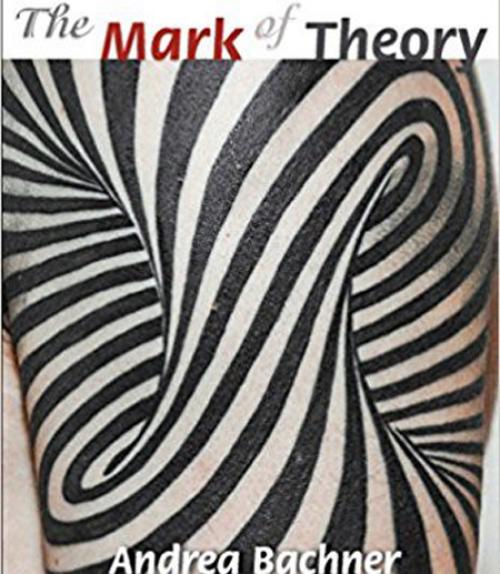
 Department Homepage
The College of Arts & Sciences
Department Homepage
The College of Arts & Sciences
From tattoos to circumcision, inscription as metaphor
The heart of Andrea Bachner's work is an investigation of the concrete examples that drive theoretical thought.



